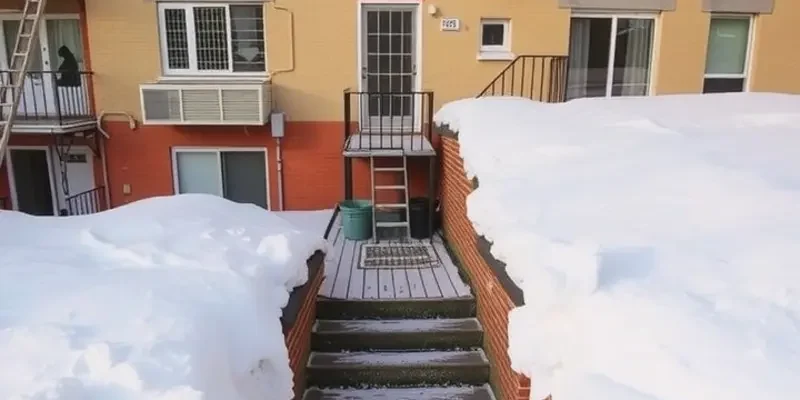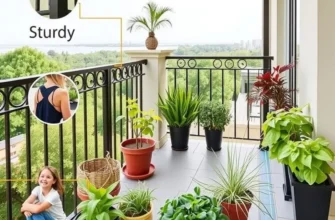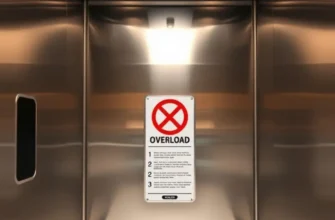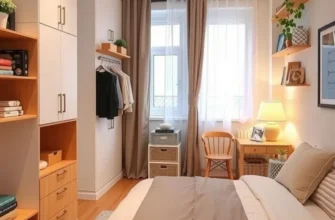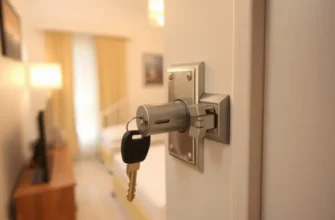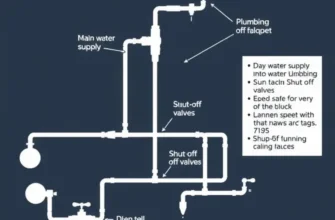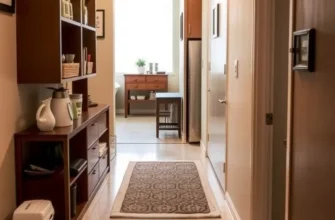With the snowfall covering much of the U.S. during winter months, ensuring safety around ice in apartments is paramount for renters. Ice can create hazards that pose risks to both personal safety and property. Slippery walkways, potential roof ice dams, and icy staircases can lead to falls and injuries. Adopting a proactive approach to address these issues can lead to a safer, worry-free living environment. This practical guide provides renters with actionable advice on identifying potential ice hazards, maintaining safety, and using simple strategies to prevent ice-related incidents. By prioritizing safety measures, residents can enjoy their winters with peace of mind, knowing they are equipped to handle the challenges ice can present. Let’s delve into some critical aspects of apartment ice safety to ensure your home remains a welcoming, safe, and secure space during the colder months.
Recognizing Ice Hazards in Your Apartment
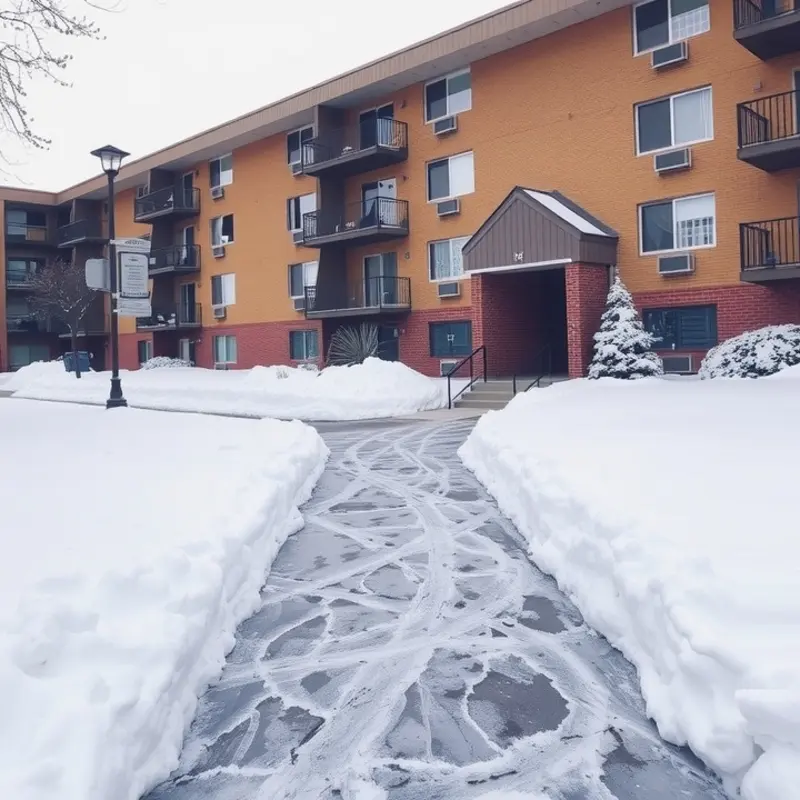
Identifying potential ice hazards in your apartment is a proactive step towards ensuring safety. Ice can accumulate in several common areas that may not be immediately obvious, yet pose significant risks. Recognizing these areas empowers you to mitigate hazards and maintain a secure living environment.
One of the leading spots for ice buildup is windows and window sills. In older apartments or those with poor insulation, condensation can accumulate, freeze, and create slick surfaces. During winter, check for drafts and re-seal windows where necessary. Applying weather stripping or using heavy curtains can also reduce cold air infiltration. Regularly wiping down sills prevents moisture from freezing and causing damage.
Another area to monitor is entryways, including balconies and patios. These external access points are susceptible to ice formation due to snow carry-in or rain exposure. Installing all-weather mats with a brushed surface can trap dirt and moisture before it enters your living space. Also, regularly clear any ice or snow that collects on these surfaces to maintain safety.
Kitchens and laundry areas are often overlooked ice-prone zones. Appliances like refrigerators, when not properly maintained, can leak, causing moisture to freeze on floors. Make sure seals on refrigerator doors are intact, and regularly check under and around your appliance for hidden ice patches. If your apartment has in-unit laundry facilities, inspect around water hoses and in corners where water might escape and freeze. Safe apartment laundry habits can significantly reduce the likelihood of ice-related accidents in these areas.
Hidden pipes within walls or under floors can also contribute to ice hazards. Inadequate insulation might result in frozen pipes, potentially leading to bursts and severe water damage. Ensure your apartment’s pipes are covered with insulation, especially if local temperatures plummet. This simple measure protects both your property and peace of mind.
To prevent ice-related incidents, awareness is crucial. Conduct regular checks, especially during the winter months, and address minor issues before they escalate. Reporting significant insulation problems to your landlord or management team can pave the way for long-term safety fixes. By understanding where ice hazards are likely to occur and taking preventative actions, renters can achieve a comfortable, hazard-free environment.
Effective Maintenance Solutions for Ice Safety

Winter months often pose significant challenges in maintaining a safe apartment environment due to ice buildup. Monitoring and addressing ice formation are critical steps in minimizing hazards such as slips and falls. Here, we provide strategies that equip renters to tackle these issues efficiently.
1. Regular Inspections and Communication:
As a renter, you should conduct regular inspections of your apartment exterior during winter. Look for signs of ice accumulation on balconies, stairways, and walkways. Promptly communicate any issues to your landlord or property management. Clear communication encourages timely responses to potential dangers and helps prevent mishaps.
2. Suggest Maintenance Services:
Discuss with your landlord about scheduled snow and ice removal services. If such services are not already in place, propose implementing them for the winter months. This proposal demonstrates your proactive approach and concern for safety, potentially benefiting all building residents.
3. DIY Ice Management:
For renters seeking more control over their home safety, adopting some DIY methods can prove invaluable. Use a mixture of water and salt to melt small patches of ice on balconies or steps. Alternatively, add sand or gravel to improve traction without damaging surfaces. These solutions are essential for renters in complexes where professional maintenance is limited.
4. Balcony and Window Considerations:
Ice often accumulates in areas beyond walkways, such as balconies and window ledges. Check these areas frequently, as melting and refreezing cycles can pose new risks. Keep your balcony and windows clear of snow and ice to prevent damage and additional buildup. For increased safety, consider using netting around balconies. Learn more about securing your space by visiting apartment balcony safety netting.
5. Utilize Weather Stripping and Seals:
Effective weather stripping can prevent ice from forming around doors and windows by keeping the interior insulated. Ensure that all seals and weather stripping are intact and functioning. Replace any worn-out materials to help maintain a warm and safe environment.
6. Stay Informed and Prepared:
Keep updated on weather forecasts during the winter months. Being informed allows you to prepare adequately before storms hit. Stock up on essential supplies like salt, sand, or ice melt to use when needed.
7. Tenant Insurance Considerations:
In the event of damages related to ice incidents, having tenant insurance can provide peace of mind. Review your policy to ensure it covers winter-related mishaps, and adjust it if necessary.
By maintaining a proactive approach and adopting the strategies outlined above, renters can significantly reduce winter hazards associated with ice while ensuring safety and peace of mind in their homes.
Final words
Maintaining safety in your apartment during winter is a priority that should not be overlooked. By understanding where ice hazards may occur and incorporating effective maintenance solutions, renters can navigate the season with confidence. Whether collaborating with landlords or taking initiative in personal maintenance, proactive strategies empower renters to uphold a safe living space. Embracing these tips can transform a potentially risky environment into a secure home, allowing you to enjoy all the beauty that winter has to offer without worry.

